Image Credit: Energy Vanguard
Image Credit: Energy Vanguard Informational display about the PV system and its production at Appalachian State University's Solar Decathlon House
Image Credit: Energy Vanguard Phase change material for heat storage at Appalachian State University's Solar Decathlon House. Heat collected on the roof is sent to this box, where it melts the sold material. As it's extracted for use in the house, the material solidifies again.
Image Credit: Energy Vanguard A coffee table that transforms into a dining table, designed and built by students at Appalachian State University's Solar Decathlon House.
Image Credit: Energy Vanguard
Twelve years ago, I discovered the Solar Decathlon. I was a new physics professor at a small university in Georgia, and I’d received a packet from the US Department of Energy describing the competition. It was set to have its first run in 2002, so I tried to figure out how to get involved and put together an entry. We didn’t have design or construction programs, however, and the physics department that I was in was one of the most dysfunctional groups of people the world has ever seen. So instead I built a house for myself and left the academic world behind in 2004.
In case you haven’t heard of the Solar Decathlon before, here’s what the DOE’s project website says about its objectives. The Solar Decathlon:
- Educates students and the public about the money-saving opportunities and environmental benefits presented by clean-energy products and design solutions
- Demonstrates to the public the comfort and affordability of homes that combine energy-efficient construction and appliances with renewable energy systems available today
- Provides participating students with unique training that prepares them to enter our nation’s clean-energy workforce.
Innovative design features
In 2007, I got to see Georgia Tech’s Solar Decathlon entry, and this year I got a tour of Appalachian State University’s entry, the “Solar Homestead.” I was speaking to Dr. Lee Ball’s sustainable design class that day, and he graciously took me to see it afterward. I was quite impressed.
What you see at the top of the page is the solar canopy, made up of bifacial photovoltaic modules. It gathers sunlight from above and reflected light from below, and gets a boost in production compared to standard photovoltaics covering the same area. On Appalachian State’s Solar Homestead, the solar array is rated at 8.2 kilowatts of power production and can generate an average of about 37 kilowatt-hours of electricity per day in Boone, North Carolina.
The really neat thing about the solar canopy was that it created a lot of usable outdoor space to hang out. In fact, Dr. Ball told me that when it was in Washington, DC for the competition, the Solar Homestead became THE place to hang out, with students playing guitar and enjoying the outdoors under the canopy. That’s probably a big reason this entry won the People’s Choice Award.
There were a lot of cool features in this home. Here are a few:
- A system for using a phase-change material for heat storage, which Dr. Ball said they invented and are working on patenting (photo below)
- Minisplit heat pumps — one ductless, one ducted
- Passive solar features that help with heating the small house
I’m certainly no architect, but I was impressed with the design of the house, too. According to the Solar Decathlon rules, the maximum size is 1,000 square feet of conditioned floor area, and they used those square feet well. The house didn’t feel cramped at all and had some pretty neat design touches.
The living room, shown below, had student-designed furniture, including the coffee table that opens up into a dining room table. The space also had, I thought, the right amount of windows for capturing heat and bringing in natural light without overdoing it. It’s definitely a space I’d hang out in. There’s a good reason they took third place for the architecture competition.
The Solar Decathlon is a winner
One problem experienced by both of the Solar Decathlon homes I’ve visited is the difficulty of finding a home for the home after the contest. I don’t know what ever happened to Georgia Tech’s entry, but a year after the Appalachian State Solar Homestead came back from Washington, it’s sitting in Boone, used for the occasional tour and some classes.
Overall, though, the Solar Decathlon is a great event. When the homes are on display, thousands of people visit them and learn about energy efficiency, cool new technologies, and solar energy. In 2011, the homes had more than 350,000 visits in the 10 days they were open to the public, according to DOE. Also, 17,000 college students have participated since the competition began a decade ago. That’s a lot of learning!
If you ever find yourself in Boone, North Carolina, go check out the Solar Homestead. Also, if you’re interested in buying one, Deltec Homes now has this design for sale as a net zero energy home (without the phase-change heat storage system).
Allison Bailes of Decatur, Georgia, is a speaker, writer, energy consultant, RESNET-certified trainer, and the author of the Energy Vanguard Blog. You can follow him on Twitter at @EnergyVanguard.
Weekly Newsletter
Get building science and energy efficiency advice, plus special offers, in your inbox.

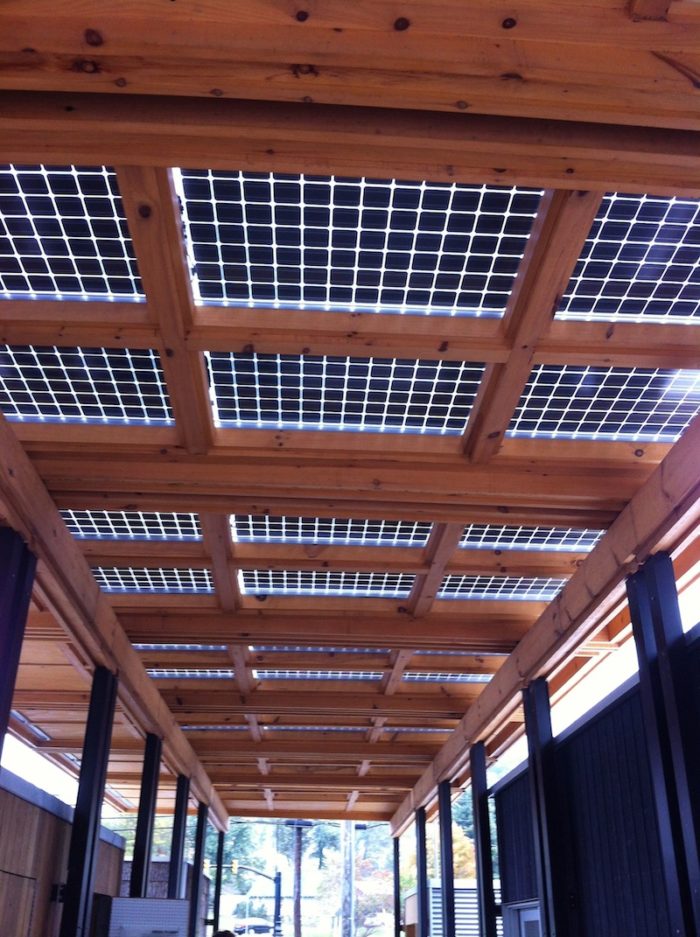




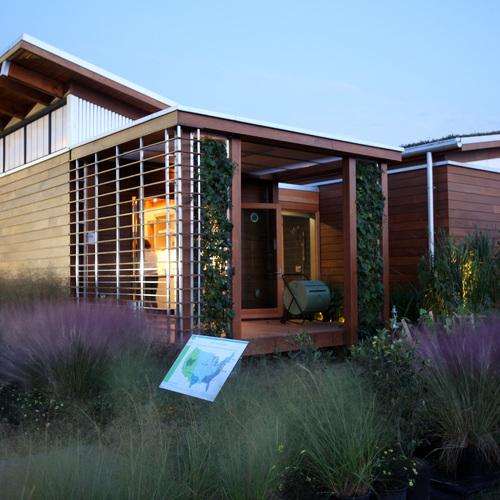
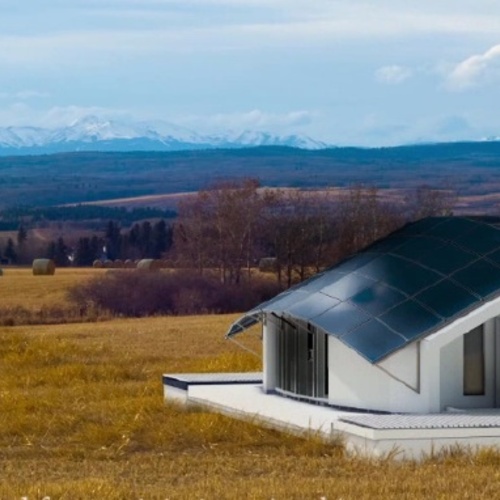
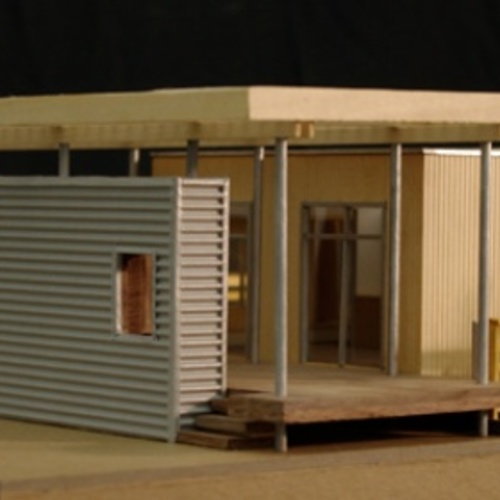
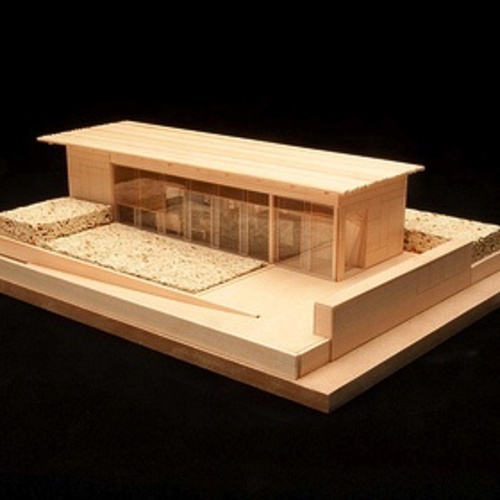






0 Comments
Log in or create an account to post a comment.
Sign up Log in